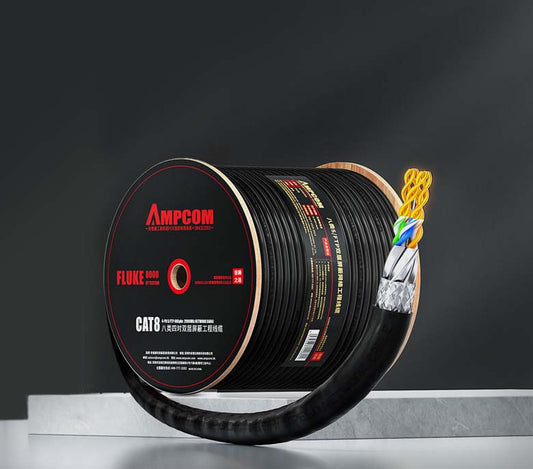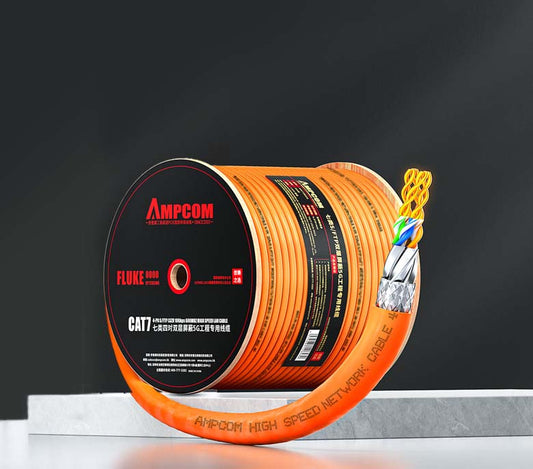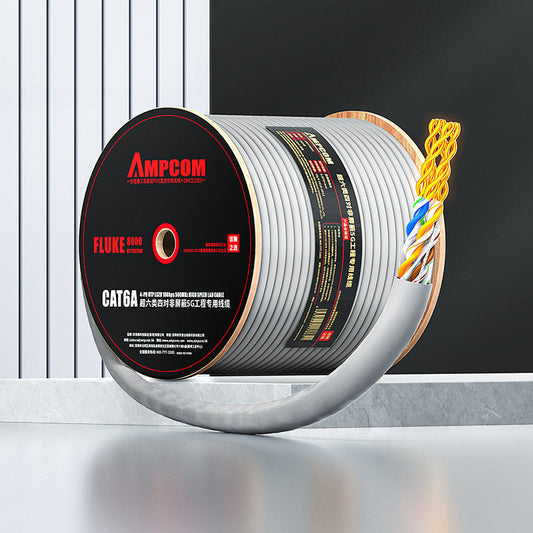EMI & RFI Explained: A Complete Guide to Protecting Your Network with Our Procurement Tips
In the world of modern electronics, electromagnetic interference (EMI) and radio frequency interference (RFI) are common issues that can degrade the performance of electronic devices, especially in networks. While the terms EMI and RFI are often used interchangeably, they refer to distinct types of interference that affect signal integrity. This post will break down the basics of EMI and RFI, how they impact your equipment, and strategies to mitigate their effects.
At its core, EMI refers to the disruption that occurs when an electromagnetic field interferes with the operation of a device. It can come from various sources, including electrical circuits, power lines, or even nearby wireless devices. On the other hand, RFI specifically pertains to interference caused by radio frequency signals, typically from radio transmitters, cell phones, or broadcast equipment. Both types of interference can disrupt electronic devices, leading to poor performance, connectivity issues, or complete failure in extreme cases.
The impact of EMI and RFI can be significant, particularly for industries relying on high-speed data transmission or sensitive equipment. For instance, in manufacturing plants, the machinery often generates substantial EMI, which can cause network connectivity issues if not properly shielded. Similarly, in medical environments, RFI can interfere with critical diagnostic equipment, compromising patient care. Understanding these types of interference and their causes is essential for implementing effective mitigation strategies.
The most common consequence of EMI and RFI is the corruption of data. For networks, this can manifest as slow data speeds, packet loss, or a complete breakdown in communication. This is particularly problematic in industries like telecommunications, where data integrity and uptime are critical. The result is often increased operational costs and decreased productivity, which is why businesses must invest in EMI and RFI protection measures.
One of the most effective ways to combat EMI and RFI is by using proper shielding. Shielding materials, such as copper, aluminum, or braided cables, can block interference and protect sensitive data transmission. When selecting the right cabling for environments prone to EMI and RFI, it's important to consider factors such as the level of interference in the area, the frequency of the signals, and the type of equipment being used. Using high-quality shielded cables, such as STP (Shielded Twisted Pair) cables, can significantly reduce the impact of EMI and RFI in your network infrastructure.
For engineers and procurement specialists, it's crucial to identify areas in the system where EMI or RFI could cause performance issues. In some cases, you might need to conduct a thorough site survey to determine the sources and levels of interference. This information will guide your decisions on the appropriate cabling, equipment placement, and shielding techniques to use. A good practice is to evaluate the existing wiring, looking for potential "hot spots" where interference is likely to occur and take proactive measures.
In addition to shielding, grounding is another critical component in protecting equipment from EMI and RFI. Properly grounding your devices ensures that any stray currents are safely redirected away from sensitive components. This not only prevents interference but also protects the equipment from potential damage caused by power surges. A grounded network is less susceptible to external noise and provides a more stable environment for data transmission.
While preventing EMI and RFI is important, it’s equally essential to regularly monitor the network to ensure it remains interference-free. Tools like spectrum analyzers can help identify and diagnose interference issues in real-time, allowing you to take corrective actions quickly. This ongoing monitoring ensures the long-term stability of your systems, reducing the risk of network failures.
In conclusion, EMI and RFI are two significant challenges faced by industries relying on electronic devices and networks. By understanding their impact and implementing proper mitigation strategies such as shielding, grounding, and regular monitoring, you can protect your equipment from interference, ensuring optimal performance and reliability. Whether you're designing a new network or improving an existing one, investing in EMI and RFI protection is a wise decision that will save you time, money, and headaches in the long run.
📘 Recommended Reading
If you're interested in how Ethernet cable length impacts signal loss and network performance, check out our in-depth article on How Does Ethernet Cable Length Impact Signal Loss and Network Performance. Learn more about how cable length affects network speed and how to choose the right type and length of cable for stable and efficient network performance.



